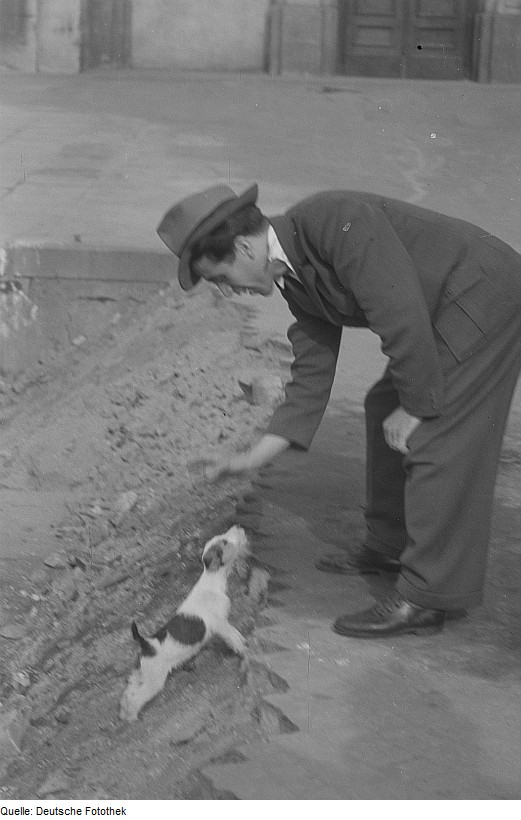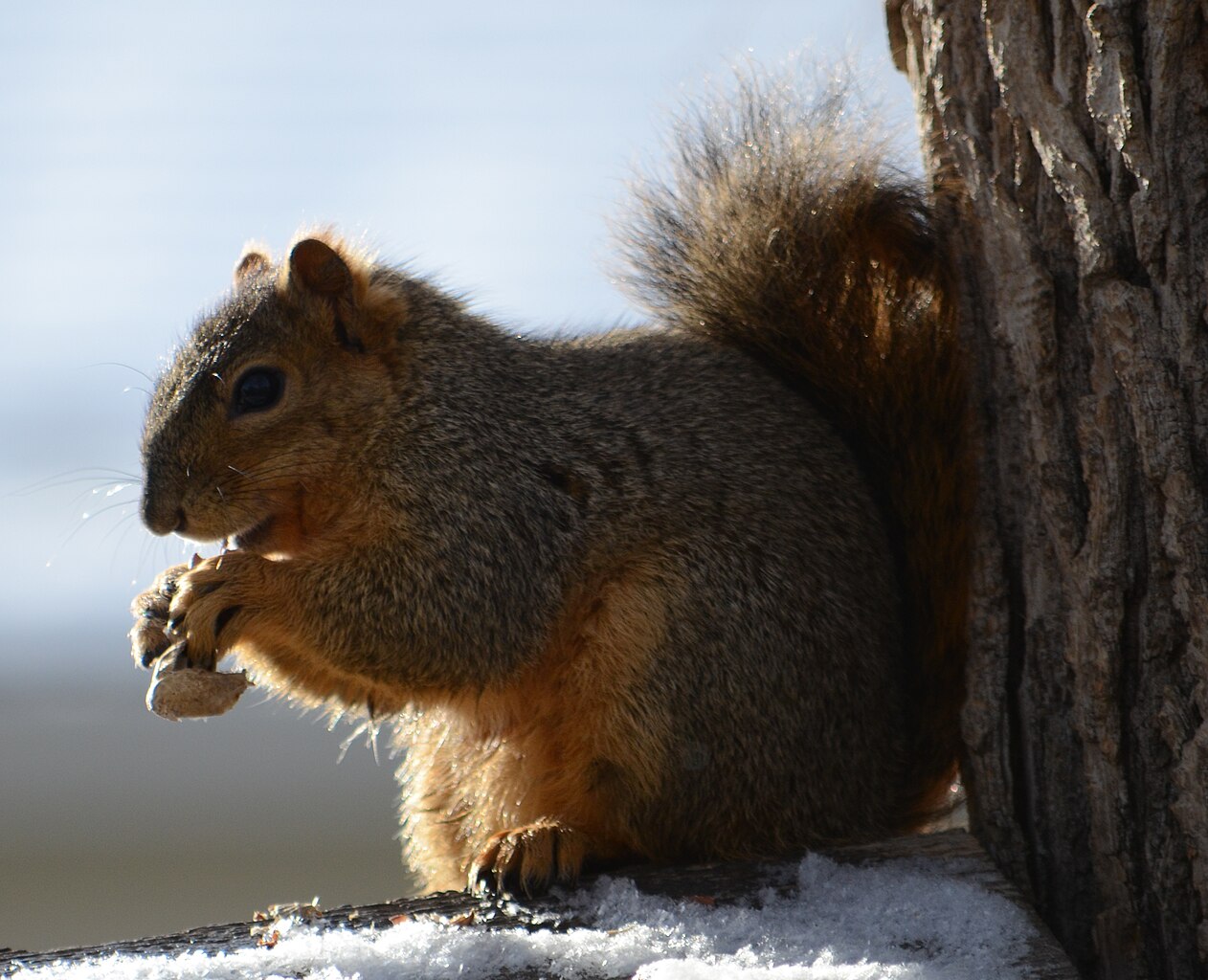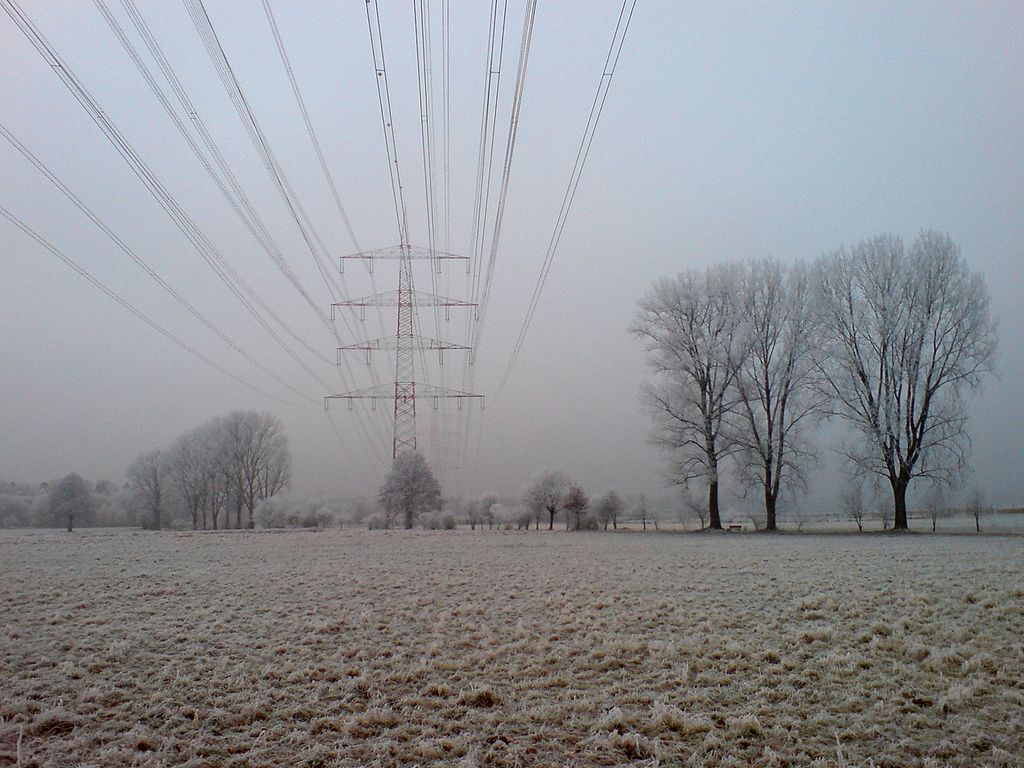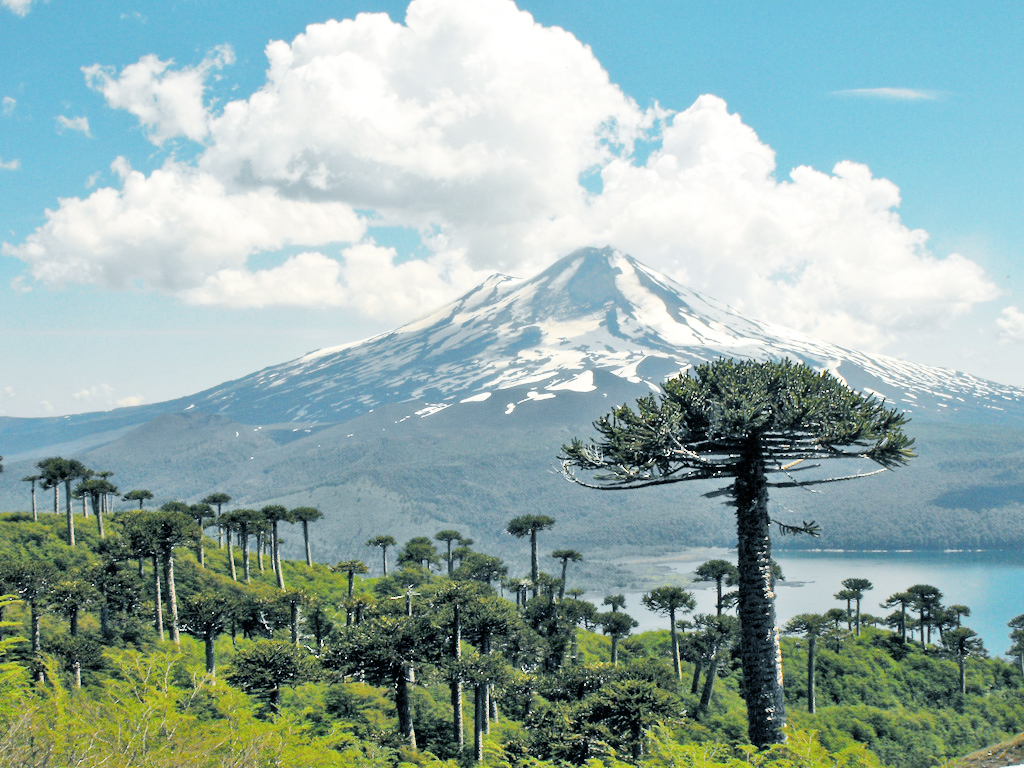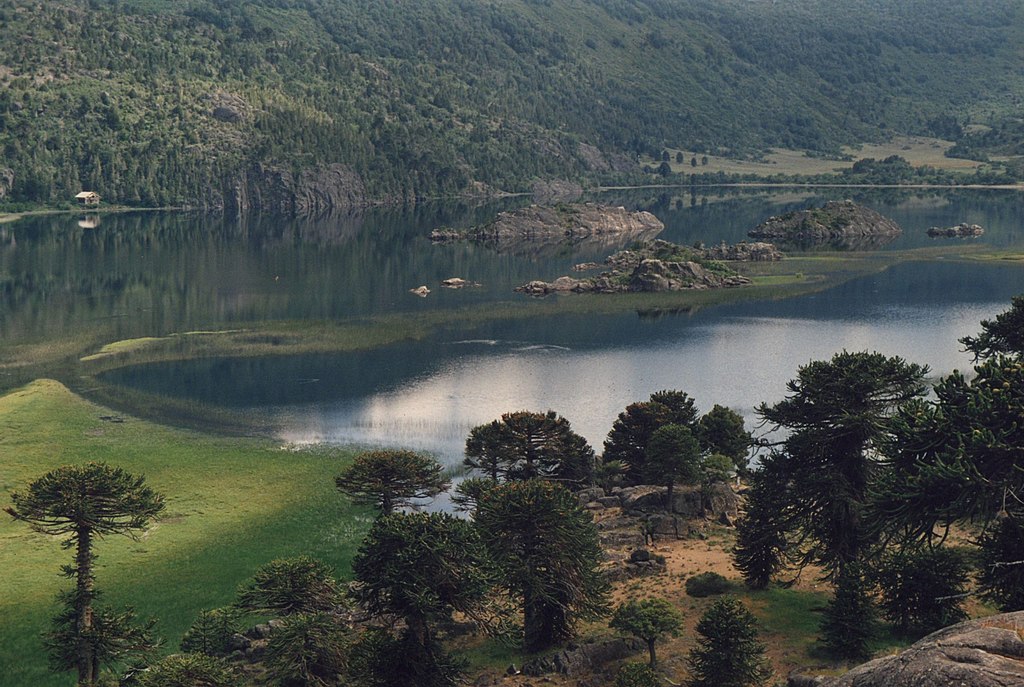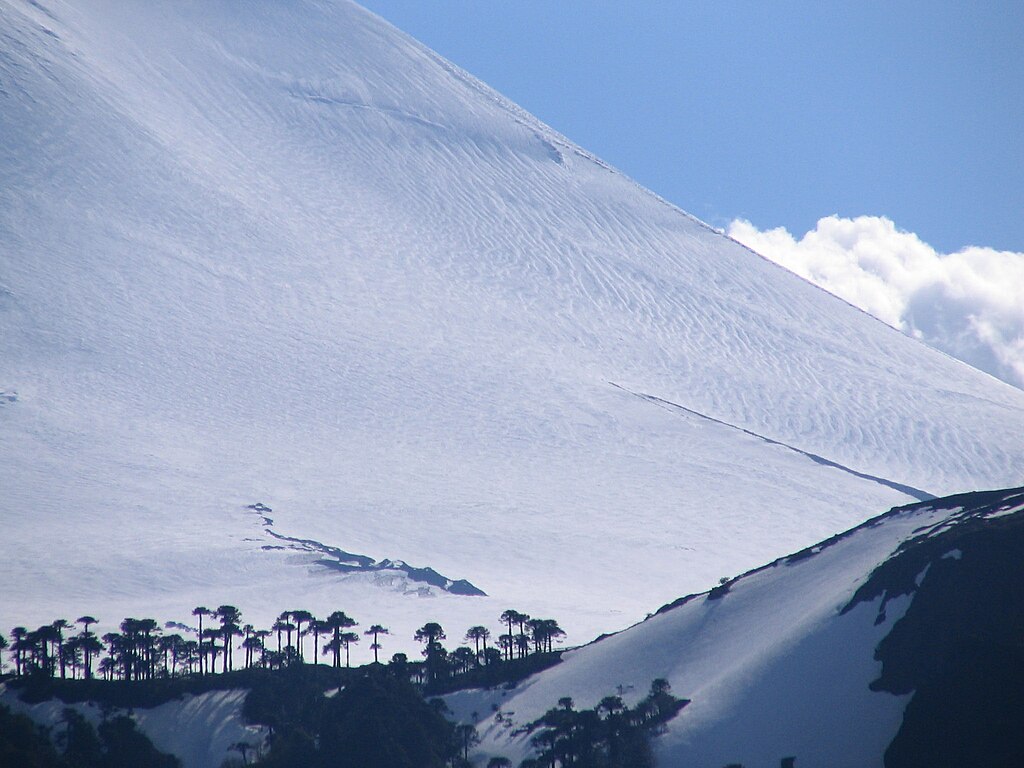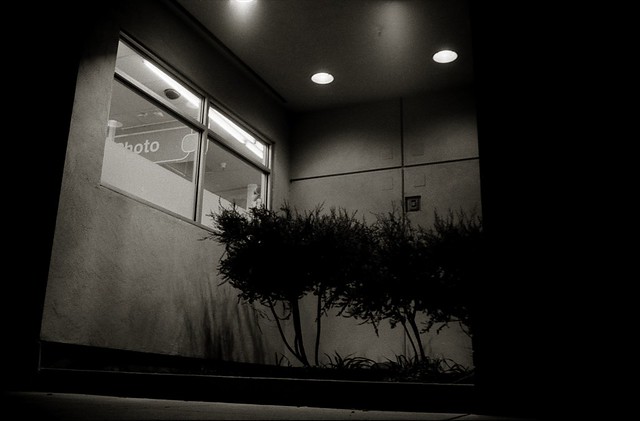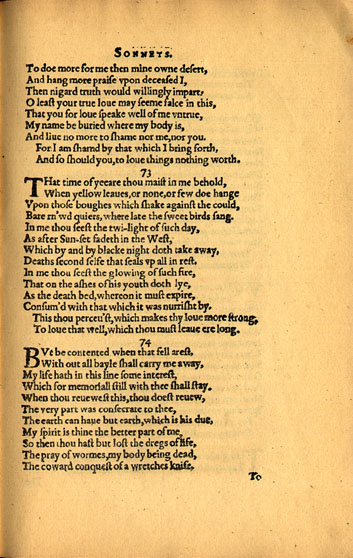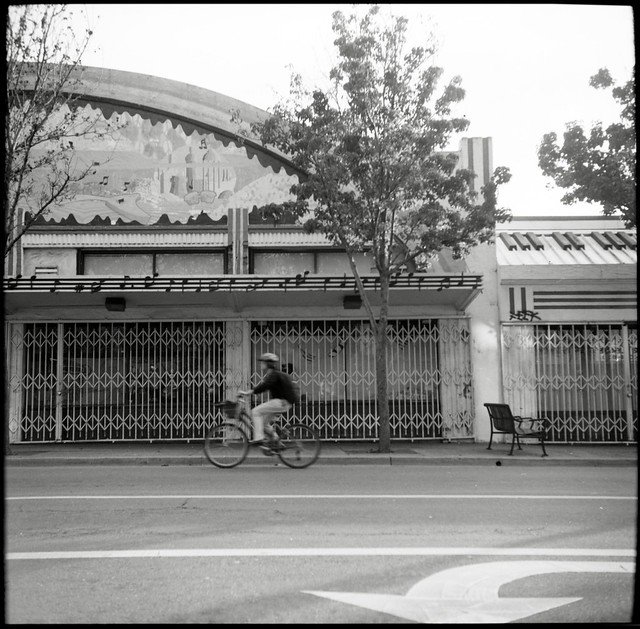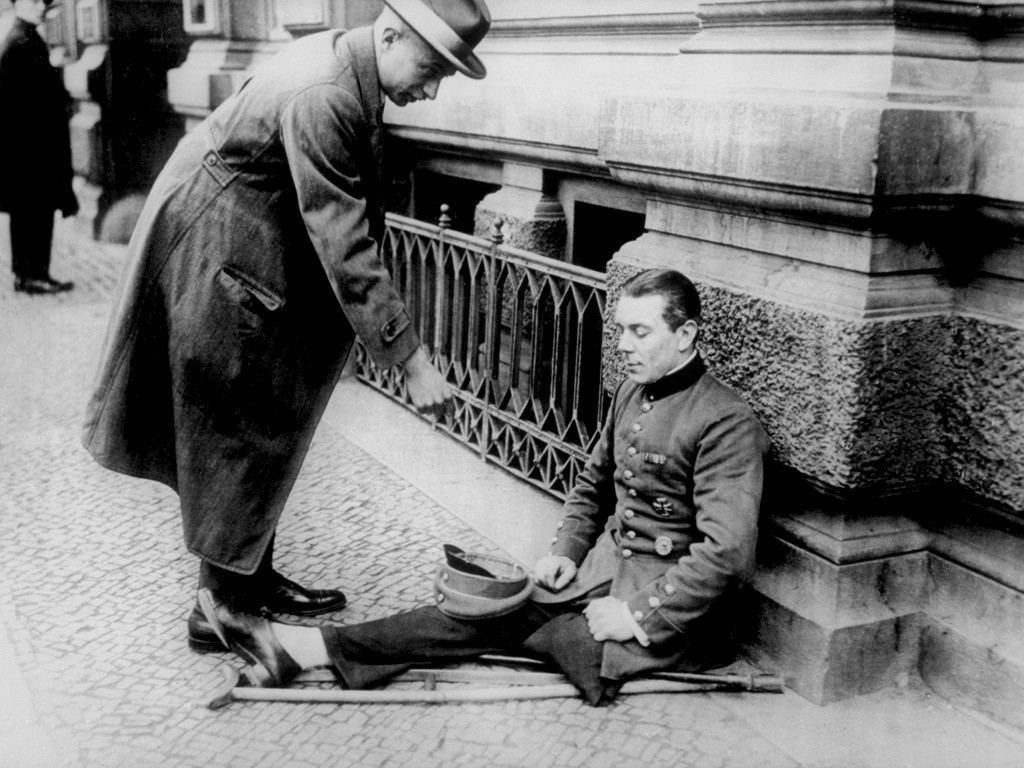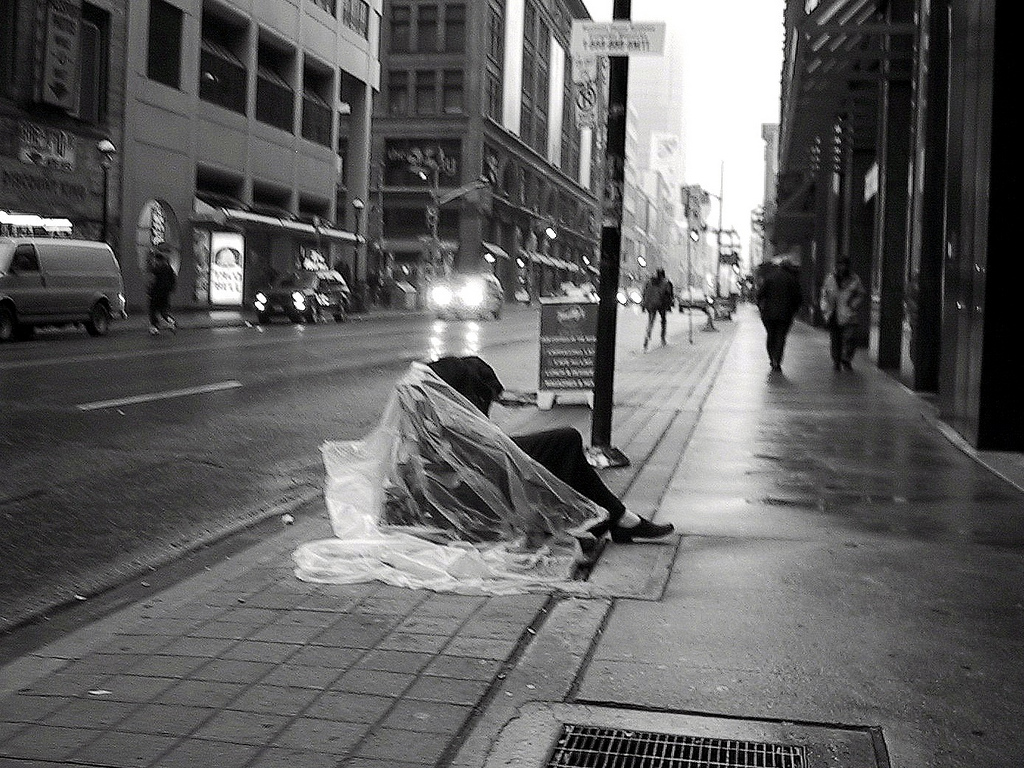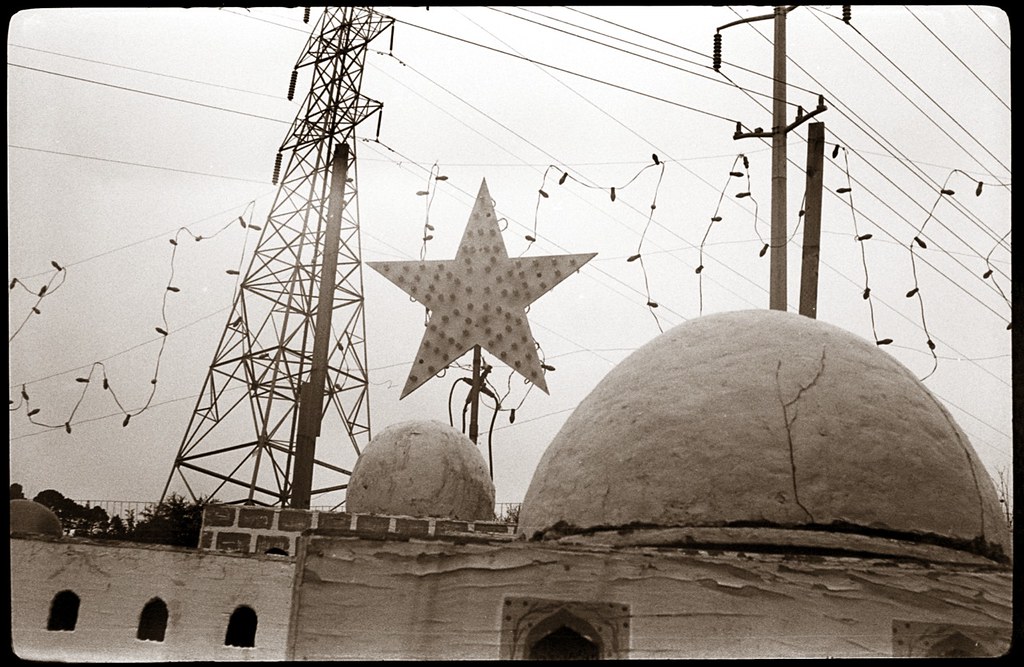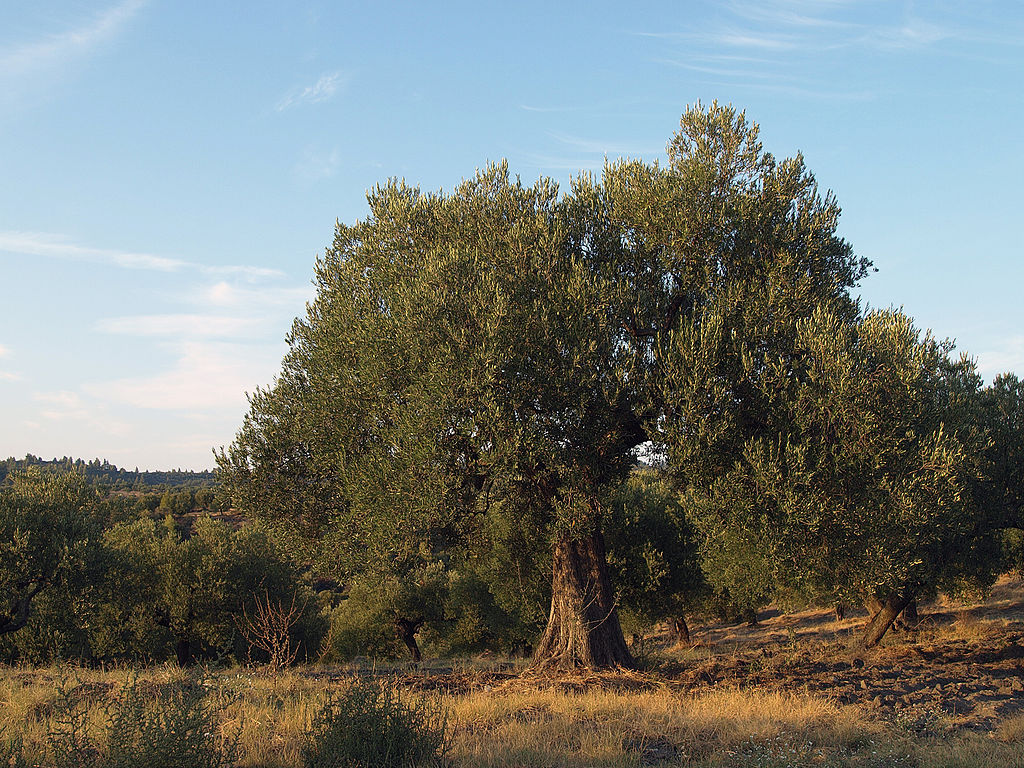 Olive tree, Sithonia, Greece: photo by Edal Anton Lefterov, 5 September 2009
Olive tree, Sithonia, Greece: photo by Edal Anton Lefterov, 5 September 2009
I...Monsanto Man on Tractor, 9 AM
Out walking,
Smelling something faintly
Evil in the air
And not knowing exactly where
It’s coming from,
We finally come across a man
At a crossroads somewhere
Among the myriad olive trees
And ask him where he’s been
Spraying since daybreak to find out
Just where we can proceed safely,
Only to have him shoot back with a
No problem, folks. I’ve just finished.
You can walk anywhere.
Olive tree near Karystos, Eboiea, Greece: photo by Tim Bekaert, 20 March 2005
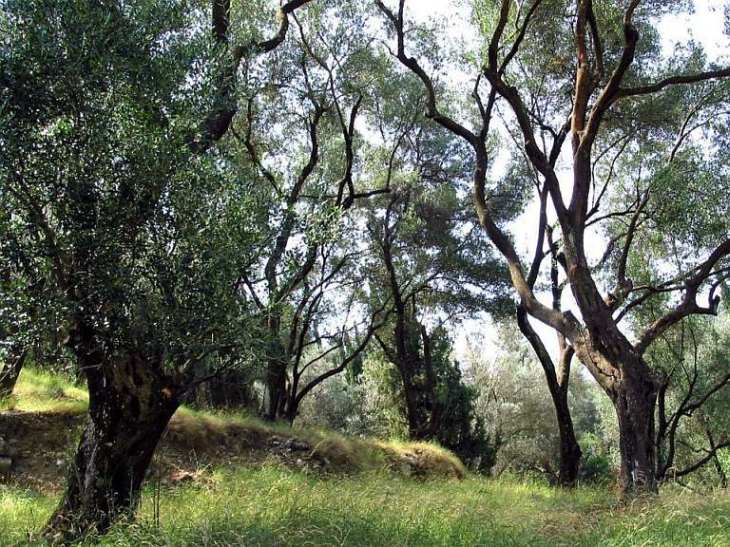
Olive trees (Olea europaea ssp. europaea), Corfu, Greece: photo by Cezanne, 16 July 2003
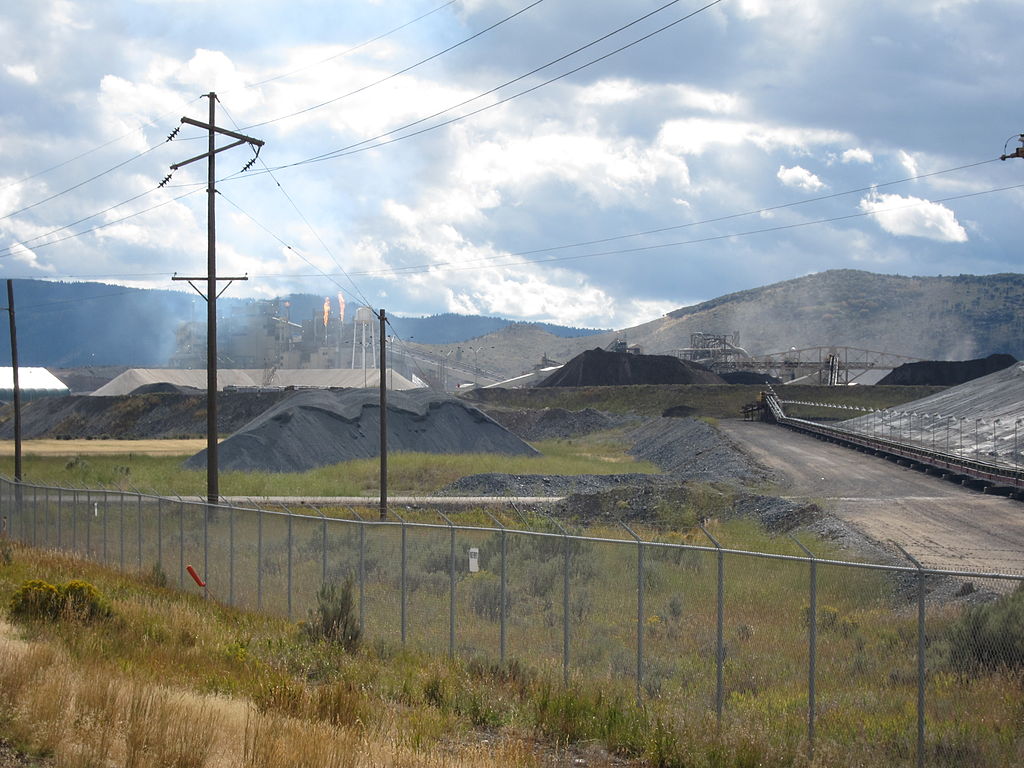
Monsanto phosphorus plant, Soda Springs, Caribou County, southeast Idaho. This phosphate ore-processing plant was originally constructed by the Morrison-Knudsen Company in 1950, and production started in 1952. As of 2011, P4 Production LLC (Monsanto’s wholly owned subsidiary) owns the phosphate mining and processing facilities. The phosphate ore processed at Soda Springs comes from nearby (10–20 miles away) phosphate deposits laid down in Permian-era oceans ca. 250 million years ago. In the plant’s furnaces elemental phosphorus is refined from phosphate ore. Phosphorus is used as an important ingredient of Roundup brand herbicides and for some other products: photo by akasped, 10 September 2010 II...Tree House

Greece's wealth on the bough: photo by Vassilis Zambaras, 2007
“Houses, you know, grow stubborn easily, when you strip them bare.”
-- George Seferis, from Thrush
Not your usual idea
Of a child’s elevated playhouse
Full of youthful abandon,
But this
Abandoned, low-lying roofless
Shell of decaying stone walls
Inhabited by stubborn runaway
Brambles and wild olive trees
Rooted firmly to the earth.

The "face" of an ancient olive tree: photo by Vassilis Zambaras, 2007
“If you haven’t built a house, dug a well, and married off a son or daughter, you haven’t lived.” -- Greek proverb As part of her dowry, Eleni was given about a hundred olive trees in a grove in the middle of nowhere about 9 kilometers due west of Meligalas; the only way you could get there in 1981 was to park your car a kilometer away and go on foot uphill for about 20 minutes. Every winter, my mother-in-law and her late husband would walk down from Revmatia to this olive grove during olive harvesting time (a two-and-a-half- hour walk) with a donkey ladened with provisions, all six children, the goats and anywhere from 15 to 20 sheep. Once there, they would stay in a tiny 3x3 sq.m stone hut for as long as it took them to harvest the olives-- usually a week, but longer if it was a good year. In 1981, Eleni and I decided to tear down the hut, together with the nearby sheep enclosure and use the stones to have a new house built in the grove, but first we had to find enough cornerstones for its construction; using our Fiat 127, we immediately set out rummaging through the countless heaps of dumped stones and piles of rubble scattered all over Messenias to find the pieces we needed. For this small 4 x 6 sq.m house, we only required about 50 cornerstones and fortunately for us but not for traditional Greek village architecture, at this time people were still demolishing traditional stone houses in fits of modernist frenzy and building new monstrosities out of reinforced concrete and brick and calling it “progress,” so it was fairly easy finding cornerstones. And that’s just what Eleni and I did in the ten years between the building of the little house in the grove and the construction in 1991 of the much, much larger two-storey stone residence our family now lives in. By then we had amassed approximately 1,200 cornerstones—more than enough for the house and the stone wall in front—and were known throughout Upper Messenias as that “somewhat batty couple in a battered Fiat 127 who were gathering, of all things, cornerstones.” [NB: It might interest readers to know that cornerstones from old demolished houses are now selling at 30 € a piece and up.]But back to the grove. During Fall, Winter and Spring and when the two children were still too young for school, we would leave Meligalas every other Friday night after I had finished with my English lessons, drive the car (filled with enough food and other provisions to last us until Monday morning) to where the dirt road morphed into a rut, and then haul the kids and provisions up to the house—no electricity, no phone, no running water, no other people, owls hooting, jackals crying at night, millions of stars—for a weekend in Paradise. As strange as it might seem, when we came back down to idyllic Meligalas on Monday, it felt as if we were returning to Hell aka Civilization. Vassilis Zambaras: from One Down (Twice), Two to Go, from Vazambam, Saturday 11 July 2011

Ancient olive tree in Pelion, Greece: photo by Dennis Koutou, 30 January 2011

Bird Hunters sign, outside Monsanto phosphorus plant, Soda Springs, Caribou County, southeast Idaho. This phosphate ore-processing plant was originally constructed by the Morrison-Knudsen Company in 1950, and production started in 1952. As of 2011, P4 Production LLC (Monsanto’s wholly owned subsidiary) owns the phosphate mining and processing facilities. The phosphate ore processed at Soda Springs comes from nearby (10–20 miles away) phosphate deposits laid down in Permian-era oceans ca. 250 million years ago. In the plant’s furnaces elemental phosphorus is refined from phosphate ore. Phosphorus is used as an important ingredient of Roundup brand herbicides and for some other products: photo by akasped, 10 September 2010
 Olive trees on Thassos, Greece: photo by Peter Pakandl, 7 September 2006
Olive trees on Thassos, Greece: photo by Peter Pakandl, 7 September 2006
Allen Upward: Athene's Tree
That old Talk about the Gods, which is called mythology, is confused in many ways, partly because all language is confused, partly because it is a layer of many languages. When the talkers no longer used the beast as an idol, they used it as a symbol, in short a word; when they no longer slew the real christ at Easter, they named the sun at Easter, Christ. Their language is tangled and twisted beyond our power wholly to unravel, because it was beyond their power; because it began as a tangle, when man's mind was still a blur, and he saw men as trees walking, and trees as men standing still.
How hard the old cloistered scholarship, to which the Nobels of a bygone age gave their endowments, has toiled to understand the word glaukopis, given to the goddess Athene. Did it mean blue-eyed, or gray-eyed, or by the aid of Sanskrit merely glare-eyed? And all the time they had not only the word glaux staring them in the face, as the Athenian name for owl, but they had the owl itself cut at the foot of every statue of Athene, and stamped on every coin of Athens, to tell them that she was the owl-eyed goddess, the lightning that blinks like an owl. For what is characteristic of the owl's eyes is not that they glare, but that they suddenly leave off glaring, like lighthouses whose light is shut off. We may see the shutter of the lightning in that mask that overhangs Athene's brow, and hear its click in the word glaukos. And the leafage of the olive, whose writhen trunk bears, as it were, the lightning's brand, does not glare, but glitters, the pale under face of the leaves alternating with the dark upper face, and so the olive is Athene's tree, and is called glaukos. Why need we carry owls to Oxford?
-- Allen Upward: from The New Word (London, 1908)
Vassilis Zambaras: Monsanto Man on Tractor, 9 AM (from Vazambam, 19 October 2011); Tree House (from Vazambam, Wednesday 2 February 2011)
